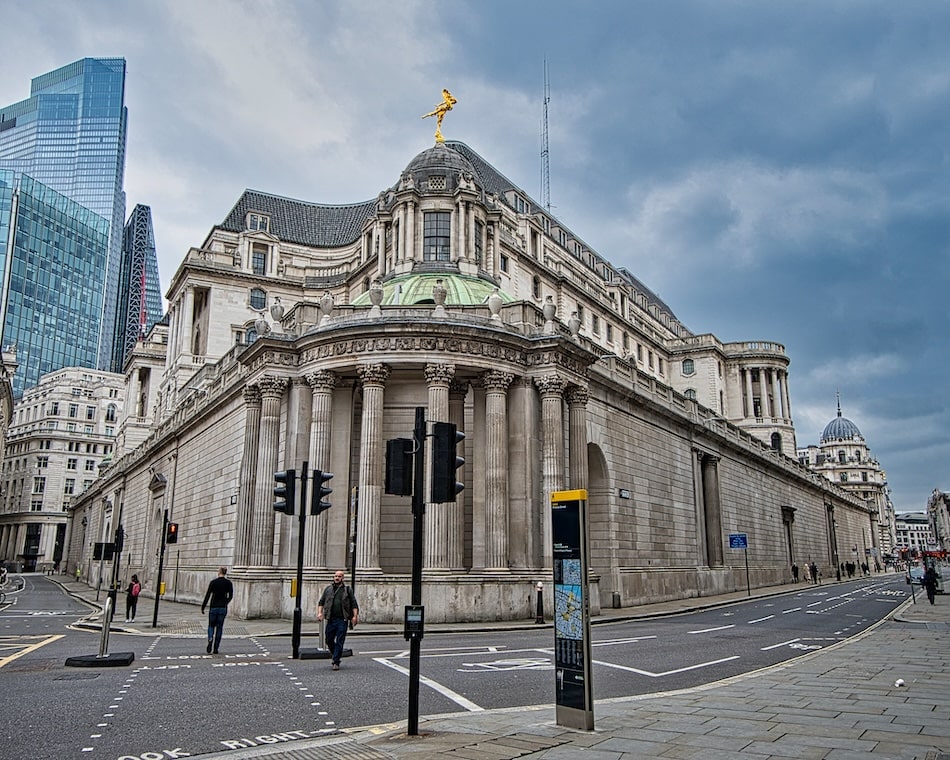
Key Takeaways
- The Bank of England cut its main interest rate to 5% from 5.25%.
- Inflation in the U.K. has fallen to the central bank's 2% target.
- The decision was split 5-4, with some policymakers concerned about ongoing price pressures.
The Bank of England has reduced its main interest rate from 5.25% to 5% in a closely contested decision, with five policymakers voting in favor and four against.
This marks the first rate cut since early 2020, when the COVID-19 pandemic disrupted the global economy.
Global central bank context
The decision follows a trend among central banks, with the European Central Bank also easing rates, while the U.S. Federal Reserve has yet to make a move.
Governor’s perspective
Governor Andrew Bailey, who voted for the cut, stated that inflationary pressures had eased enough to justify the decision but warned against cutting too aggressively.
Bailey said:
Ensuring low and stable inflation is the best thing we can do to support economic growth.
Inflation target achieved
The U.K.’s inflation rate has now reached the bank’s 2% target, despite ongoing price pressures in the services sector, which makes up 80% of the economy.
Impact on mortgages
Mortgage holders could benefit from lower borrowing costs if further cuts follow.
David Hollingworth of L&C Mortgages noted that this could provide “important reassurance” after recent market volatility.
Economic growth concerns
However, some economists argue that the Bank of England kept rates too high for too long, slowing economic growth.
The U.K. economy has barely expanded since the post-pandemic rebound, with high borrowing costs weighing on activity.




